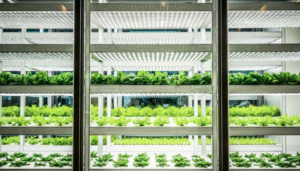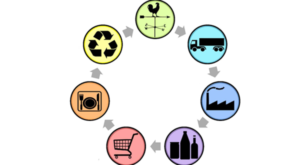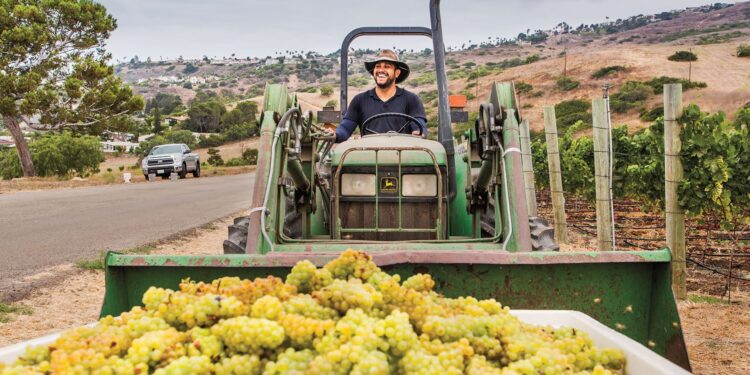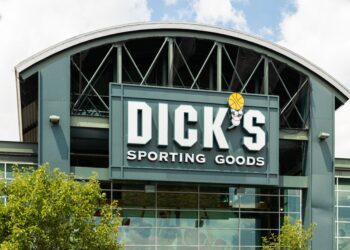Today, the food supply chain starts well before seeds are even planted in the ground.
Produce farmers have changed the way they work forever.
Food cold chain technologies, such as computer vision, artificial intelligence, and data analysis are tracking fresh produce all the way from the farm to store shelves in an effort to reduce food waste.


Thee moment a strawberry is picked in the field, it begins to decay. From there, it’s a race to deliver it fresh to the consumer. This was easier a few generations ago when most people worked in agriculture and lived close to where their food was produced. Distributing food today is more complex as consumers increasingly rely on supermarkets.
Today, delivery of perishable food relies on what’s known as the food cold chain. is vastly complex dis- tribution of food from farm to fork relies on maximi- zing the quality and longevity of crops.
To this end, adding artificial intelligence, computer vision, and cloud computing to food inspections, trucking, and refrigeration is bringing greater efficiency to food logistics.
“The goal is pretty simple,” said Dan Hodgson, a partner with Linn Grove Ventures, a Fargo, North Dakota-based agricultural venture capital group. “The environment around that crop, whether it’s on a truck or a plane, has to be just right all through its journey — it’s in the journey where it gets complex.”
Yet keeping strawberries at the right temperature by monitoring humidity and air ow is only one problem. e fruit also needs to be delivered to the right markets in the right quantity on the right day.
Why food cold chains are hot
That’s where a smartphone app for food inspectors can help, according to AgShift, an agtech AI firm in Santa Clara, California. The company uses algorithms to assist with food inspection at different stages of distribution.
“Let’s say we’re looking at 20 strawberries,” said Miku Jha, CEO of AgShift. “Two different inspectors might come back with two different results. What the technology does is to help those inspectors make more objective observations.”
Photographing produce and sending the images to the Cloud for analysis allows AgShift to leverage computer vision and deep learning algorithms to assess the quality of produce each time it’s inspected on its journey.
“Digitization and automation really make an impact on efficiency,” Jha said.
More accurate inspections give sellers better insights into the shelf life and pricing of specific shipments of produce. Knowing the quality of each box of strawberries—and other perishables—serves as a baseline for the many kinds of decisions that are taken along the food cold chain.
Tech before planting
Put simply, today, the food supply chain starts well before seeds are even planted in the ground.
Produce farmers literally map out every inch of field with GPS technology, already knowing what factors could affect planned crops. “We have to predict literally a year in advance what our needs are going to be because we contract all of our lettuce and broccoli acreage,” said Bruce Taylor, CEO of Taylor Farms in Salinas, California.


“If we lose a customer, we’ve got too much lettuce. If we gain customers too fast, we run short. And so it’s a huge planning exercise.”
Taylor said the process requires sufficient precision that the company plants its greatest volume of head lettuce a few months in advance of the biggest salad day of the year in the United States: Mother’s Day.
“It’s important we nail the harvest on that one,” said Taylor.
Taylor Farms is known for being an early adopter of technologies such as computer vision, cloud computing, and robotics in the eld, especially in its move toward automated harvesting.
Self-driving food distribution
Elsewhere in the industry, with the buzz of self-driving vehicles in the news, it’s easy to imagine the corners- tone of food distribution—trucking—could eventually become obsolete.
“It would be a wonderful thing,” said Steve Geraci, director of fleet operations at Certified Freight Logistics, a company that provides produce distribution for Costco in Santa Maria on the central Californian coast.
Furthermore, not only would driverless vehicles increase efficiency; they would also address labor shortages. “Recruiting drivers is such a nonstop issue for us because over-the-road trucking is a lifestyle and it’s not for everybody,” he said.
Geraci points to governmental policy decisions which mean it could take years before this happens. However, there’s a lot to be said for the advancements in the refrigeration units on Costco’s trailers.
“They have a lot of computing power,” he said. “They’re constantly monitoring the engine, the temperature, moisture, and the inflow and ouflow of the air circulating in the box.”
The information is then transmitted to the cloud. “It’s something we didn’t have five years ago,” Geraci said.












